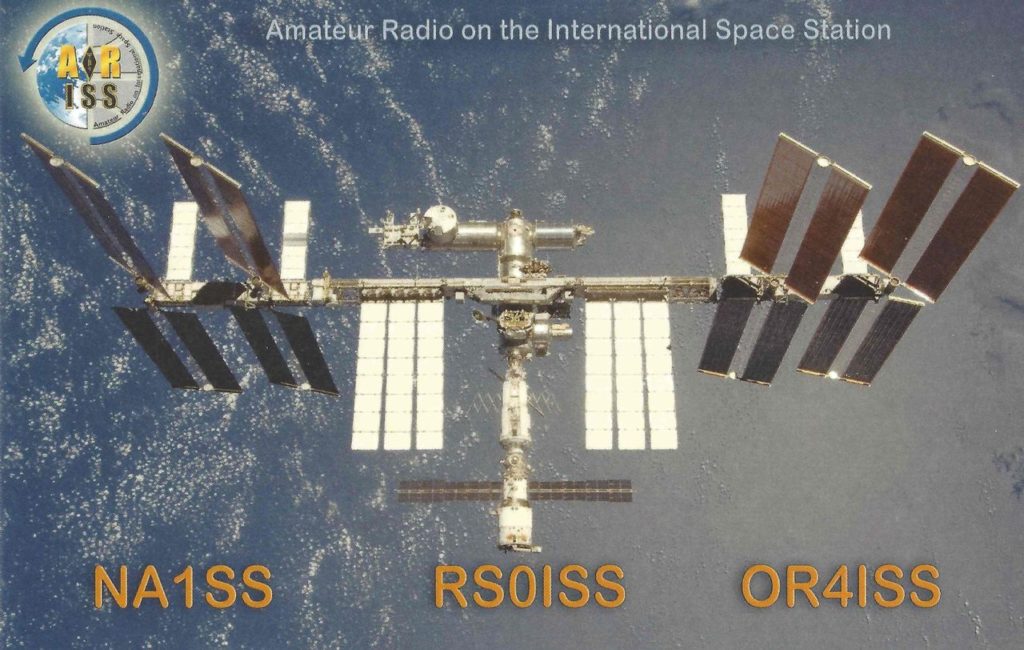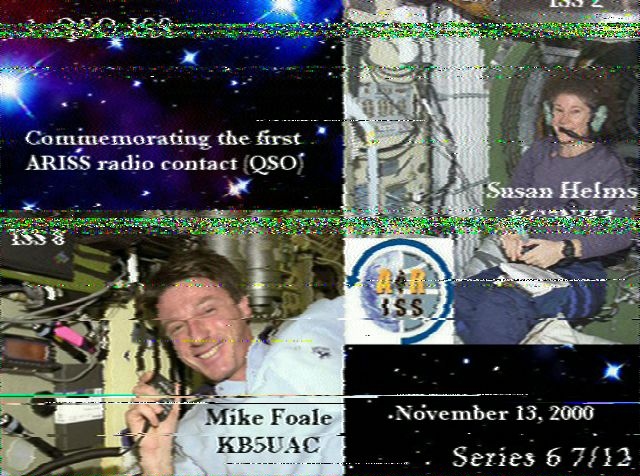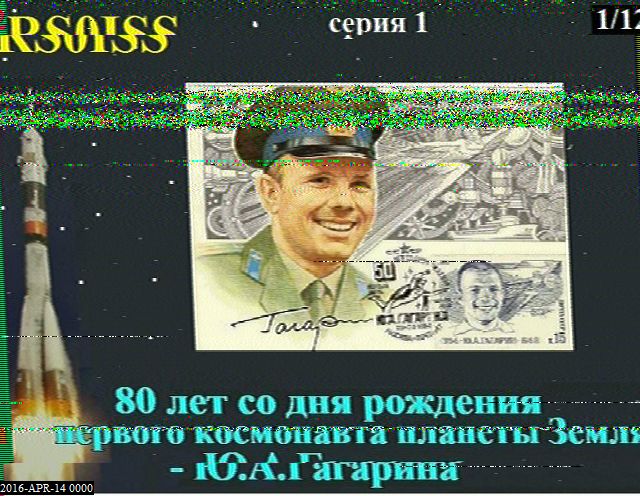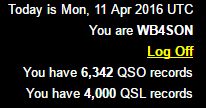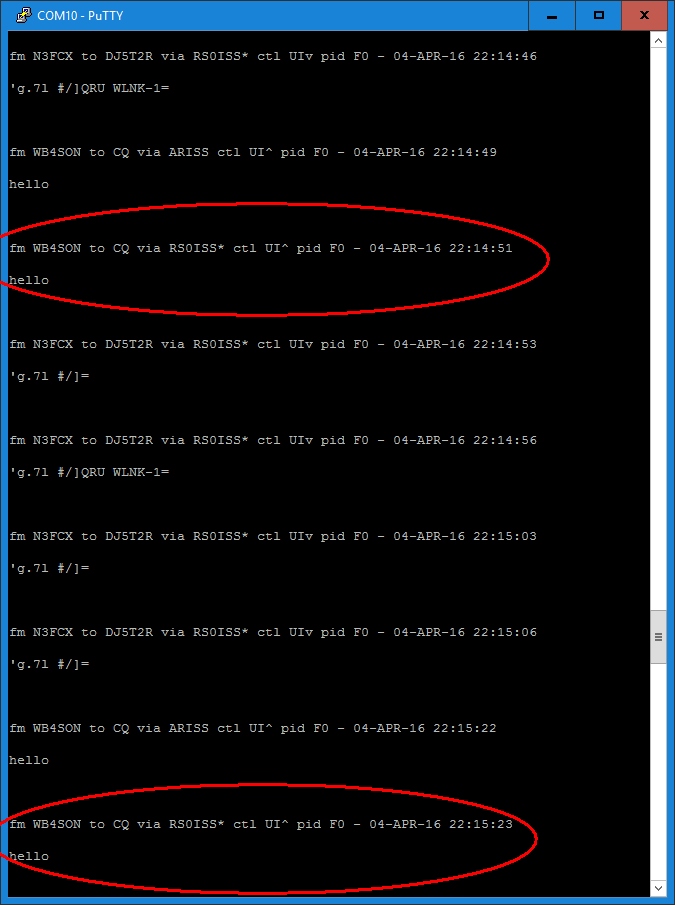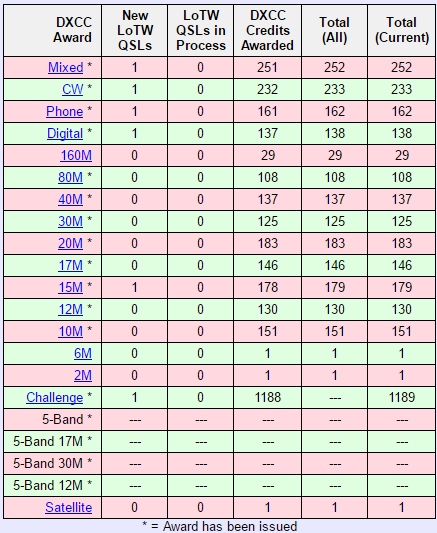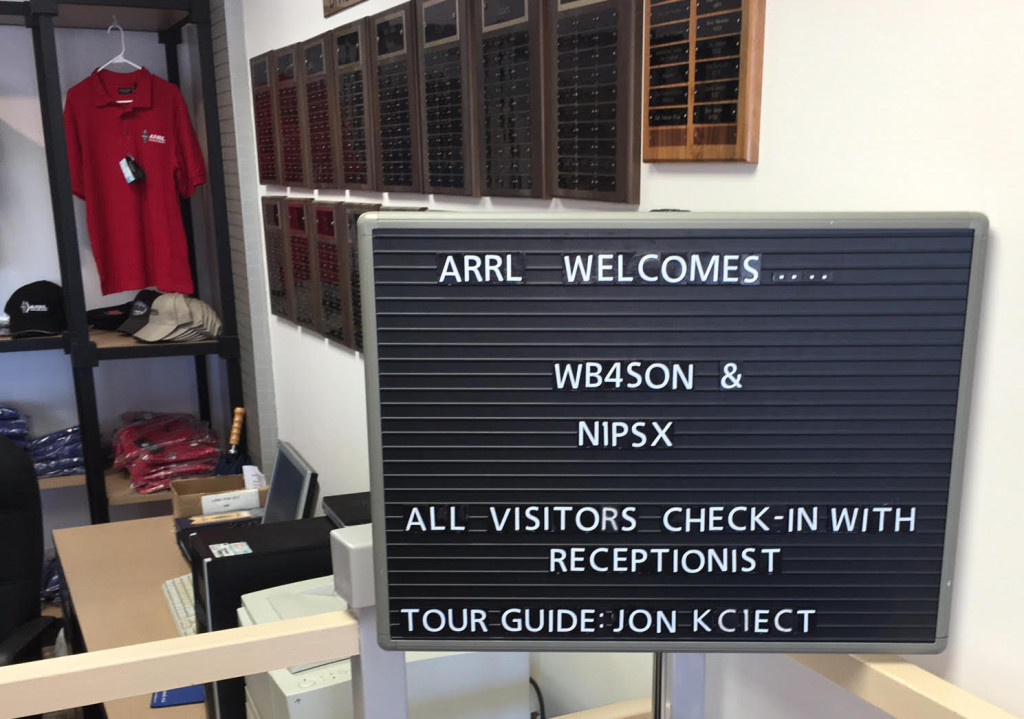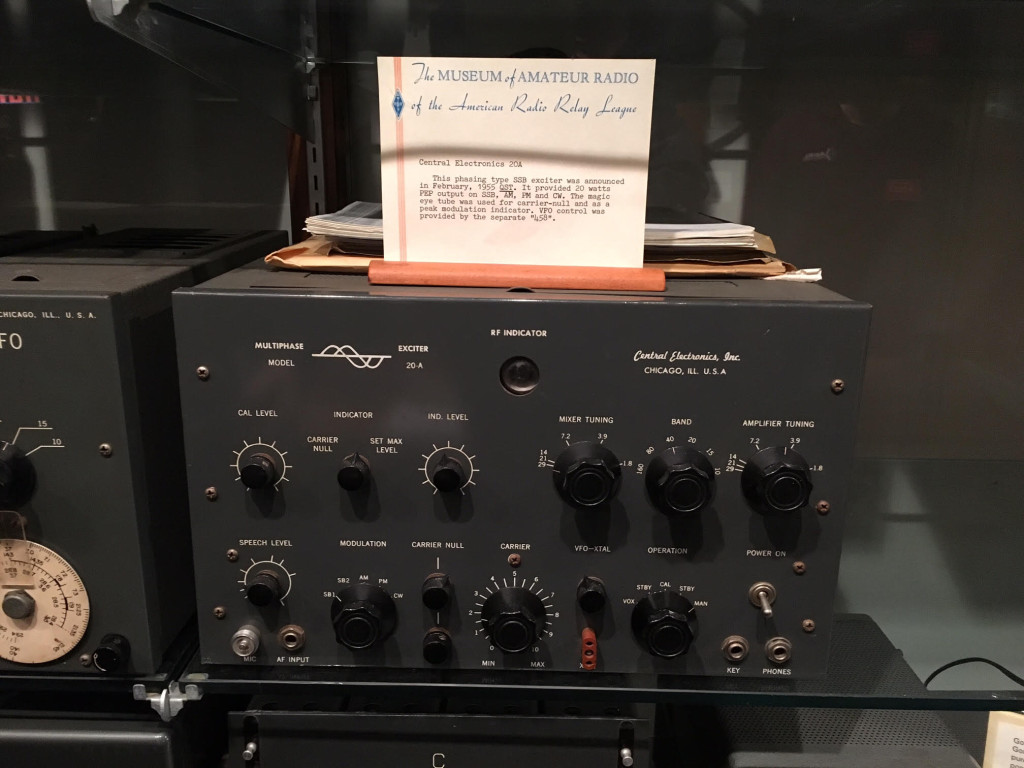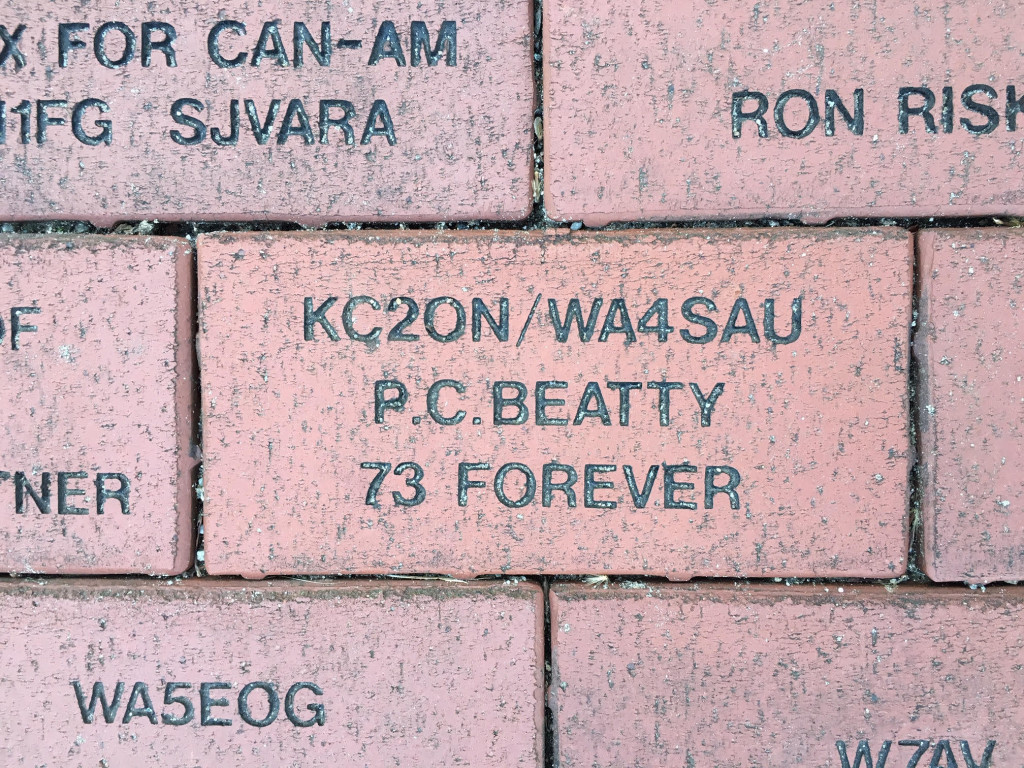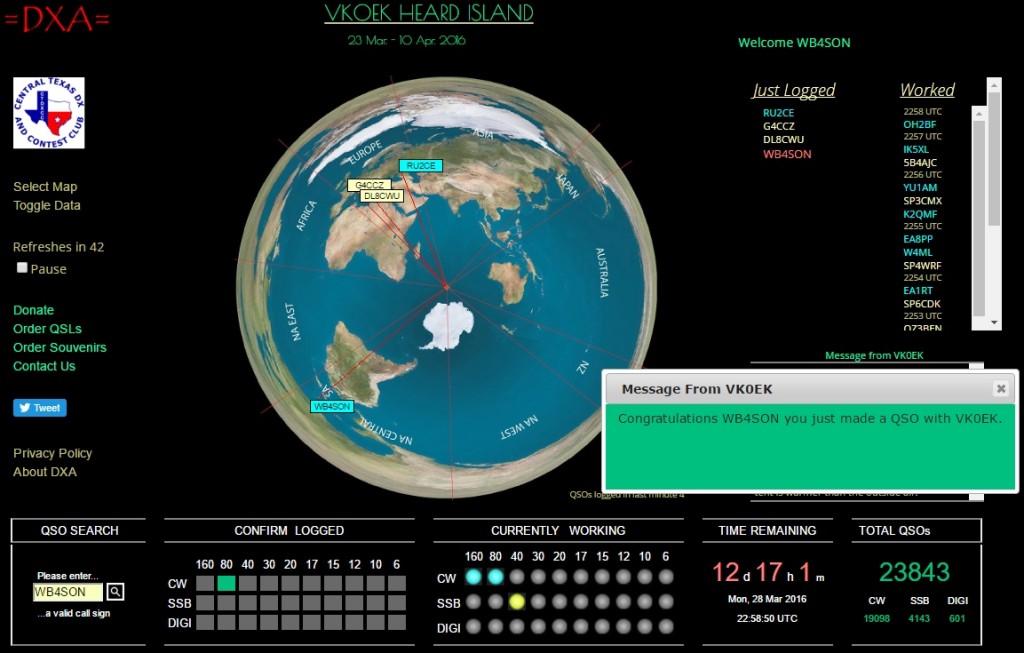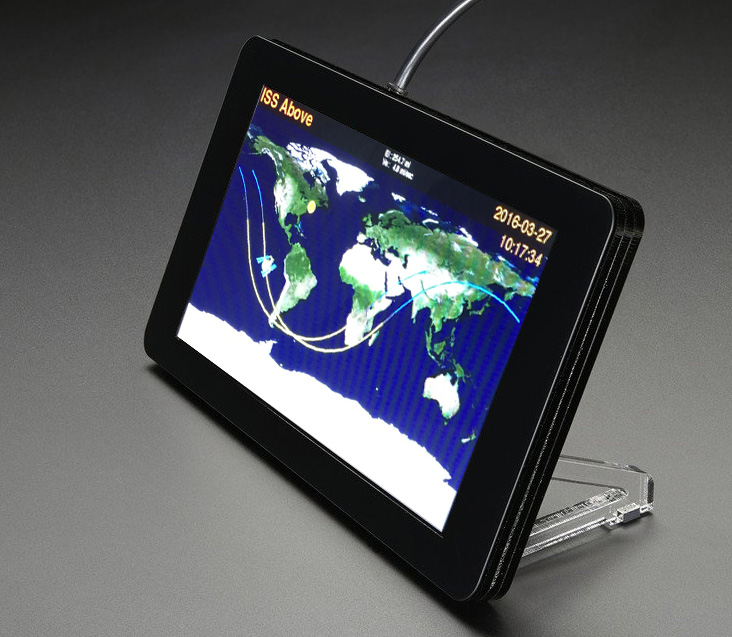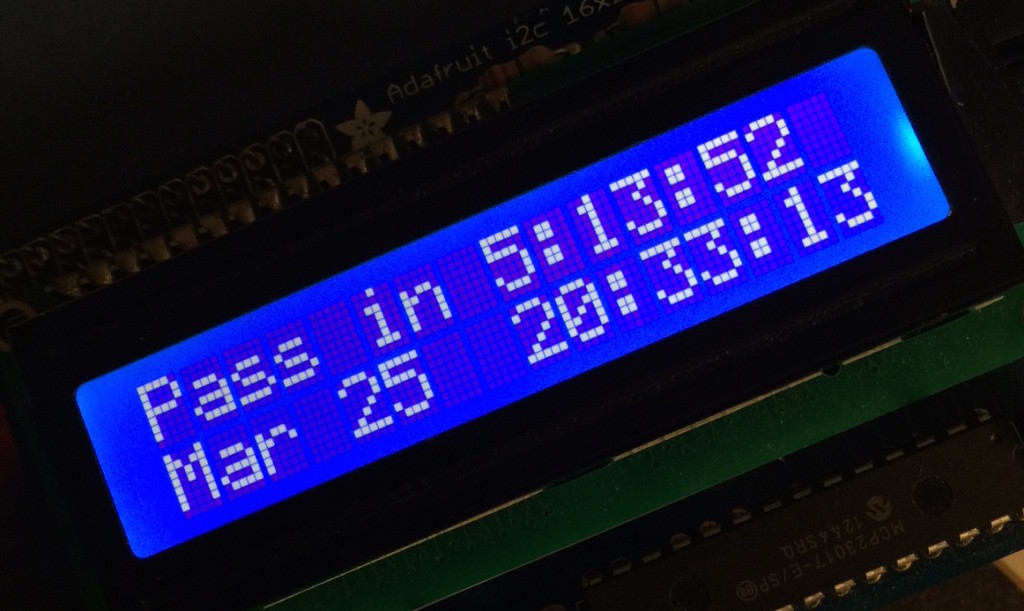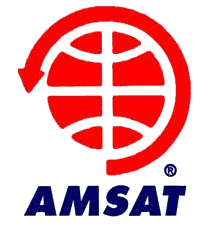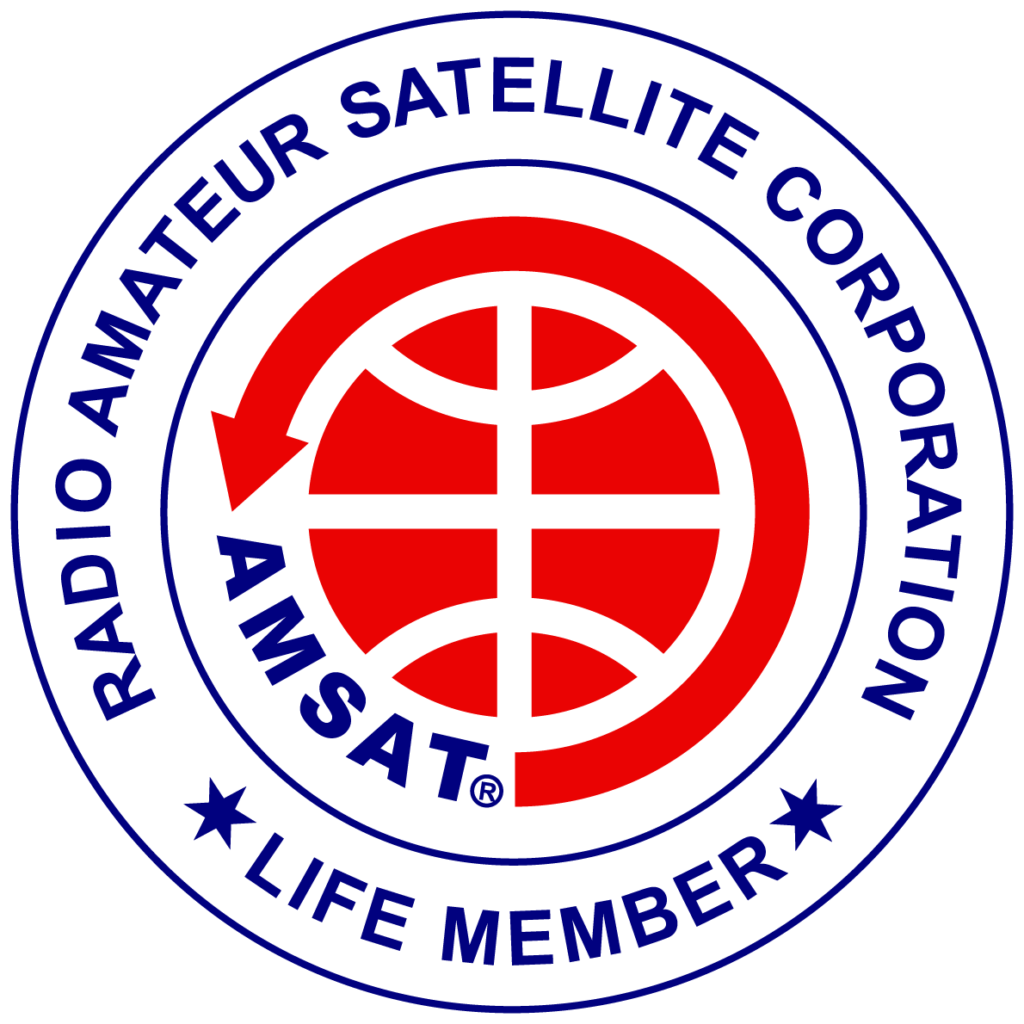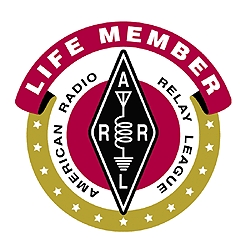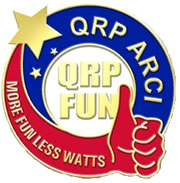As of yesterday, the RF Team from NCRC has had 3 ARISS practice sessions, where we use the Packet Robot RS0ISS to check out the RF uplink/downlink and antenna tracking gear.
Usually at home I use M2 Eggbeater antennas, and that’s enough to glean a few satellite contacts a year. When I am at Field Day, I’ll use an Arrow crossed yagi, which has been enough to get the satellite bonus the past three years. But I am absolutely amazed to see how well a steerable antenna array works using the 2mCP14 and 436CP30 antennas with SSB Electronics Preamps. Almost horizon to horizon coverage (at ASA, we are to the horizon to our west and south, and down to about 5 degrees on the East and North).
Today, back at home, just making sure the PC and IC-9100 are playing nice, I was only able to get a single packet reported through the APRS system:
20160424160102 : WB4SON]CQ,RS0ISS*,FN41FN,qAS,N0AGI-1:Hello from WB4SON

